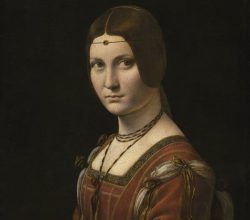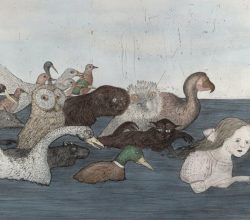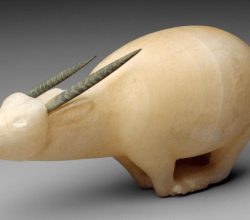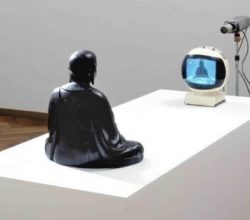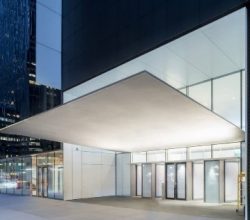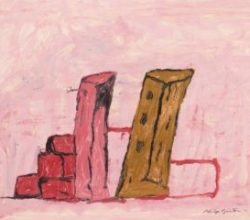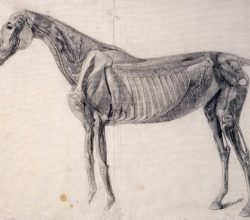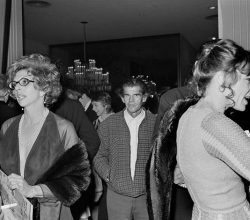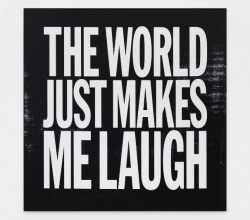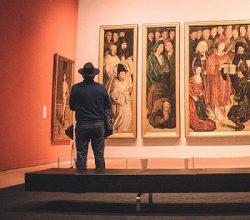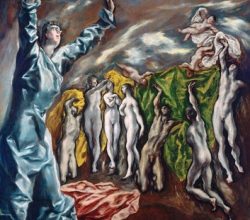
El Greco: The last great Renaissance master
Lara Marlowe | The Irish Times | 15th October 2019
Patrons are hard to come by. El Greco tried in Venice, Rome and Madrid before finally winning favour in religious Toledo. Contemporaries thought his style “incomprehensible” with its expressive distortions of form and colour. Having started Spain’s Golden Age of art, El Greco was quickly forgotten. One contributor to his belated rehabilitation – the young Picasso, via his masterpiece Les Demoiselles d’Avignon. Images are here.

